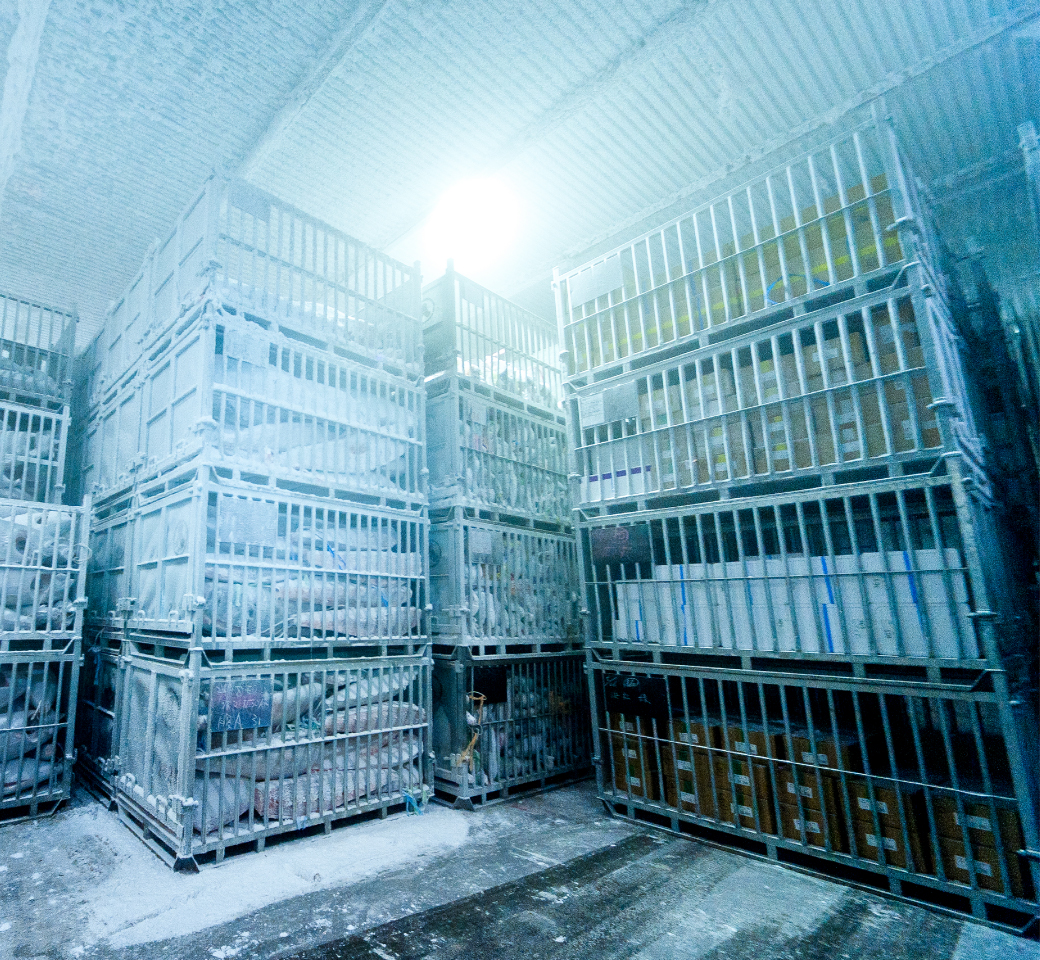Correspondence of the Food Industry against Refrigerated ShiftResponses Required of the Food Products Manufacturing Industry Due to the Shift to Frozen Foods
As the shift to chilled temperature range products and frozen product progresses in food manufacturing,
there is a dramatic shift in the way food is manufactured.
It's both a threat and a big opportunity to those involved in food manufacturing.
Changes due to freezing foods (XNUMX)Longer expiration dates
By gaining lead time from ordering to production, it will be possible to achieve planned production, which was difficult until now, with higher accuracy.
This can reduce food waste and contribute to reducing manufacturing costs.
So far
・ Delivery within 24 hours after receiving an order
・ It is necessary to secure surplus materials and inventory.
・ It is meaningless to make a detailed production plansfrom now on
・ Opportunities to reduce surplus and reduce costs
・ Solving problems via thorough production control
Order management
Production line optimization = personnel and production capacity balance
-
Changes due to freezing foods (XNUMX)Expanded delivery areas
Longer expiration dates also hold a great benefit for delivery: the prior delivery area can be largely expanded.
Benefits on the factory sideIncreased production per product
For production factories, freezing makes it possible to increase the production volume per product. They won’t have to switch the items being produced on a line as often, which will lead to improved production efficiency.
However, for that to happen, factories would have to rethink the items they produce, and centralization through assigning items separately would be essential.
In a sense, whether or not the values of an entire factory can be changed will absolutely be the key. 
